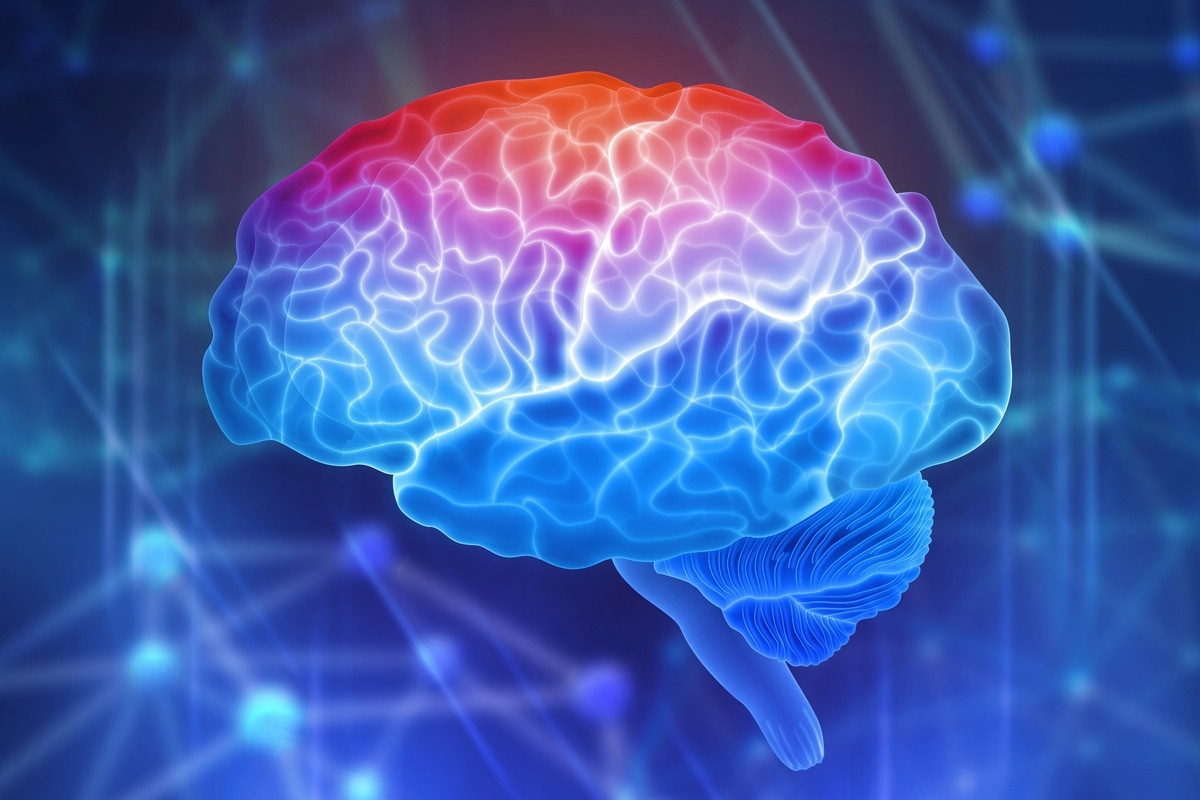A recent study posted to Research Square* reported that long coronavirus disease 2019 (long COVID) in mice causes brain inflammation and cognitive impairment.
 Study: Long COVID in K18-hACE2 mice causes persistent brain inflammation and cognitive impairment. Image Credit: Yurchanka Siarhei/Shutterstock
Study: Long COVID in K18-hACE2 mice causes persistent brain inflammation and cognitive impairment. Image Credit: Yurchanka Siarhei/Shutterstock

 *Important notice: Research Square publishes preliminary scientific reports that are not peer-reviewed and, therefore, should not be regarded as conclusive, guide clinical practice/health-related behavior, or treated as established information.
*Important notice: Research Square publishes preliminary scientific reports that are not peer-reviewed and, therefore, should not be regarded as conclusive, guide clinical practice/health-related behavior, or treated as established information.
Background
A significant concern in patients infected with severe acute respiratory syndrome coronavirus 2 (SARS-CoV-2) is persistent symptoms that last for months after recovery. This condition is termed post-acute sequelae of COVID-19 (PASC), long COVID, or post-acute COVID-19 syndrome (PACS). According to a study, a third of patients experienced neuropsychiatric or neurologic complications six months post COVID-19 recovery.
SARS-CoV-2 invades human cells by binding to the angiotensin-converting enzyme 2 (ACE2) receptor. ACE2 can inactivate des-Arg9-bradykinin (DABK), the active metabolite of bradykinin that specifically induces bradykinin B1 receptor (B1R) expression. Growing evidence indicates that SARS-CoV-2 infection disrupts bradykinin homeostasis. Therefore, the induction of B1R expression could be a driving factor in the long-term COVID-19 effects.
The study and findings
In the present study, researchers tested whether SARS-CoV-2 infection induces protracted expression of B1R in the brain. Transgenic K18-hACE2 Mice were inoculated intranasally with 4 x 103 median tissue culture infectious dose (TCID50) of SARS-CoV-2 or with a higher dose (1 x 104 TCID50). Mice were euthanized if they rapidly lost body weight, became lethargic, or moribund by 6 to 10 days post-infection (dpi). Mock-infection controls were established using saline (injection).
About 20% of mice in the low-dose group and 67% in the high-dose group died or were euthanized by 10 dpi; all high-dose recipients were euthanized by 10 dpi and were diagnosed with severe infection. Immunostaining of brain olfactory bulb and lung tissues of severely infected mice using a SARS-CoV-2 spike-specific antibody revealed robust expression of spike protein at 10 dpi but not in tissues of mock controls.
Next, they quantified the expression of interleukin (IL)-6, tumor necrosis factor (TNF), and angiotensin II type 1 receptor (AT1R) in the brain amygdala of mice with severe infection. The researchers noted increased expression of TNF, IL-6, and AT1R relative to controls. Since ACE2 could inactivate DABK (ligand for B1R) and SARS-CoV-2 binding to ACE2 could cause dysregulation of the bradykinin system, the authors quantified B1R expression in the brain using immunofluorescence staining.
The team observed greater B1R immunoreactivity in the amygdala and hippocampus nerve cells than in controls. Around 80% of mice that received a lower infectious dose survived and had a mild infection. Animals were monitored for clinical symptoms until 45 dpi. Plasma samples collected at 45 dpi revealed higher levels of anti-SARS-CoV-2 immunoglobulin G (IgG) antibodies; in contrast, antibodies were not detected in controls.
Nevertheless, spike protein expression was not detected in the olfactory bulb or lung tissues of virus-infected mice and mock controls. This meant that recovery from infection results in lasting antibody response, independent of persistent SARS-CoV-2 replication. The team evaluated the lungs of recovered mice with collagen deposition as a lung fibrosis indicator. Increased collagen deposition was evident in the lungs of recovered mice relative to controls at 45 dpi.
Expression of B1R in lung sections was measured using immunohistochemistry, which revealed higher levels in recovered mice than in controls. The correlation between B1R expression and lung fibrosis was statistically significant. This indicated that the mouse model (with mild infection) exhibited the hallmark features of long COVID.
Higher expression of TNF, IL-6, and AT1R in the brain amygdala was evident in mildly-infected mice compared to controls. B1R expression at 45 dpi was significantly elevated in the hippocampus, prefrontal cortex, and amygdala in these (long COVID) mice. These findings were similar to severely infected mice and implied that even a mild infection with SARS-CoV-2 could lead to prolonged neuroinflammation.
Lastly, the long COVID mice were tested in an open field, Y- and zero mazes between 30 and 45 dpi. The open-field test, used to assess the overall motor and exploratory activity, showed no differences in acceleration, immobility, or distance traveled between long COVID mice and controls. Full and partial body entries into the open were reduced in infected mice compared to controls, albeit the differences were insignificant.
Notably, long COVID mice spent less time in open areas of the zero maze than controls, indicating increased anxiety. The behavior of mice was tested in a Y-maze to study exploratory behavior and spatial memory. Infected and control mice appeared to have comparable working memory. Infected mice showed a significant decrease in the number of arm entries, distance traveled, and average velocity, indicative of decreased exploratory behavior.
Conclusions
The study revealed that infection of mice with SARS-CoV-2 could increase TNF, AT1R, IL-6, and B1R in the brain during severe and mild disease. Mild infection also induced lung fibrosis with elevated expression of B1R in the lungs. Behavioral and cognitive changes in the mice were associated with recovery from a mild disease that mimicked human symptoms of PASC. Overall, the authors showed persistent elevation of inflammation in the brain of long COVID mice. They suggested that B1R could be targeted therapeutically for attenuating SARS-CoV-2-associated inflammation.

 *Important notice: Research Square publishes preliminary scientific reports that are not peer-reviewed and, therefore, should not be regarded as conclusive, guide clinical practice/health-related behavior, or treated as established information.
*Important notice: Research Square publishes preliminary scientific reports that are not peer-reviewed and, therefore, should not be regarded as conclusive, guide clinical practice/health-related behavior, or treated as established information.